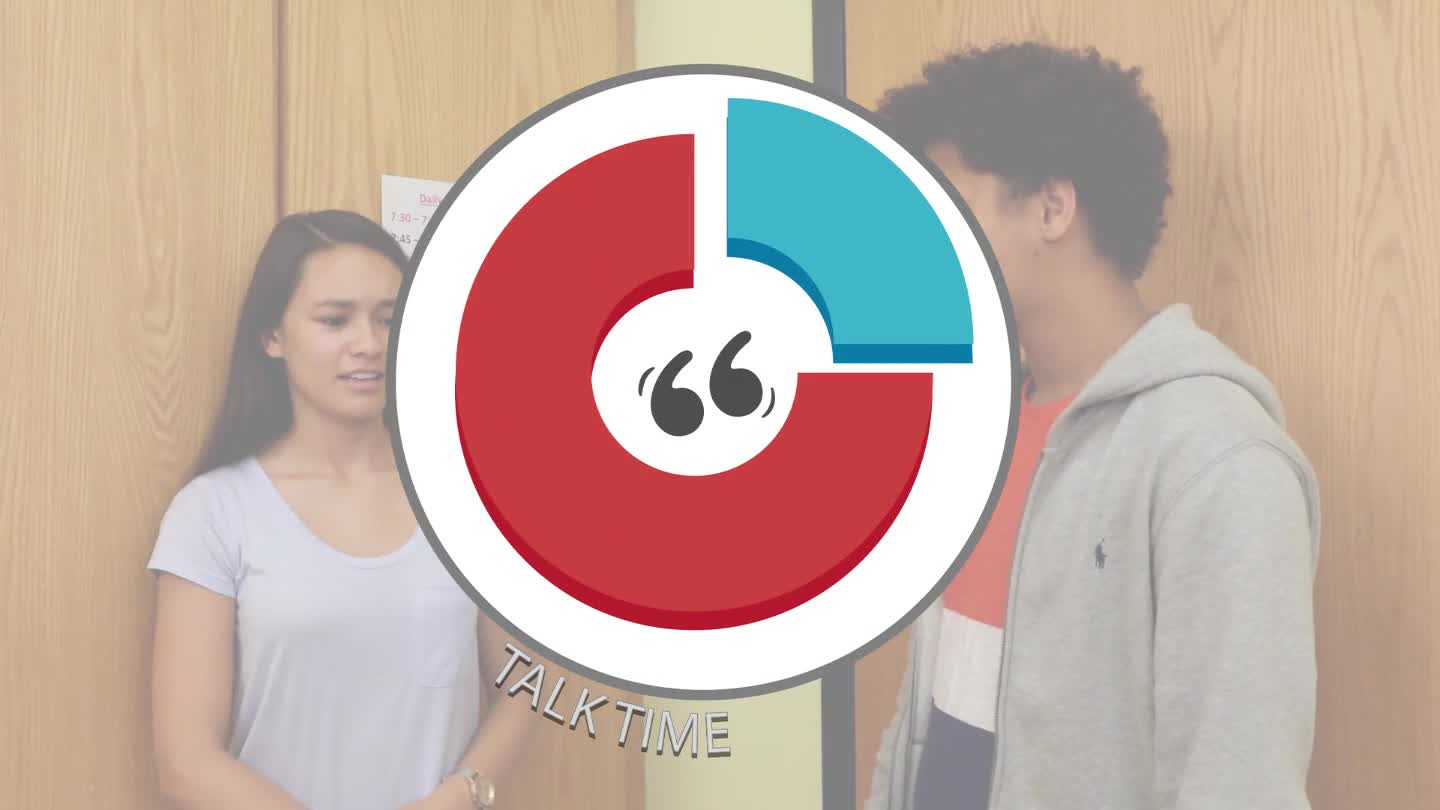
Introduction
In a successful conversation, it is essential for participants to share the talk time evenly. This ensures that everyone has an opportunity to express their thoughts and feelings and fosters a more engaging and inclusive communication environment. In this blog post, we will explore the concept of Conversation Share and provide an easy-to-implement activity for educators working with students in Special Education. We will also discuss related skills and offer resources for further exploration.
No-Prep Activity: The Pie Chart Game
This activity requires no preparation or materials from the educator, making it an accessible and versatile tool for teaching conversation sharing. The Pie Chart Game encourages students to visualize the distribution of talk time in a conversation as a pie chart, with each participant taking up an equal slice.
Instructions:
- Divide the students into pairs or small groups.
- Assign each group a conversation topic (e.g., favorite hobbies, weekend plans, or a recent event).
- Encourage the students to engage in a conversation on their assigned topic, keeping the concept of Conversation Share in mind.
- After a few minutes, pause the conversations and have the students reflect on the distribution of talk time. Was it shared evenly?
- Ask the students to imagine their conversation as a pie chart, with each participant having an equal slice. Did their conversation resemble this ideal distribution?
- Resume the conversations, encouraging students to adjust their talk time as needed to achieve a more balanced Conversation Share.
Discussion Questions
- Why is it important to share talk time evenly in a conversation?
- How can you ensure that you are not dominating the conversation or talking too little?
- How does it feel when someone else dominates the conversation? How can you address this situation?
- What strategies can you use to encourage others to participate more in a conversation?
- How can the concept of Conversation Share help improve communication in various social settings?
Related Skills
Beyond Conversation Share, several other skills can contribute to successful communication and social-emotional learning. These include:
- Active Listening: Paying full attention to the speaker, making eye contact, and providing verbal or non-verbal feedback.
- Empathy: Understanding and sharing the feelings of others, which can help create more meaningful connections.
- Asking Open-Ended Questions: Encouraging deeper conversations by asking questions that require more than a simple yes or no response.
- Respecting Boundaries: Recognizing and respecting personal boundaries, both in terms of physical space and conversation topics.
- Turn-Taking: Ensuring that all participants have an opportunity to contribute to the conversation.
Next Steps
Now that you have learned about Conversation Share and its importance in fostering balanced communication, we encourage you to explore additional resources and activities for teaching social-emotional skills. To get started, sign up for free samples of skill-based materials and activities at Everyday Speech. These resources will help you support your students in developing strong communication skills and creating positive social interactions.

